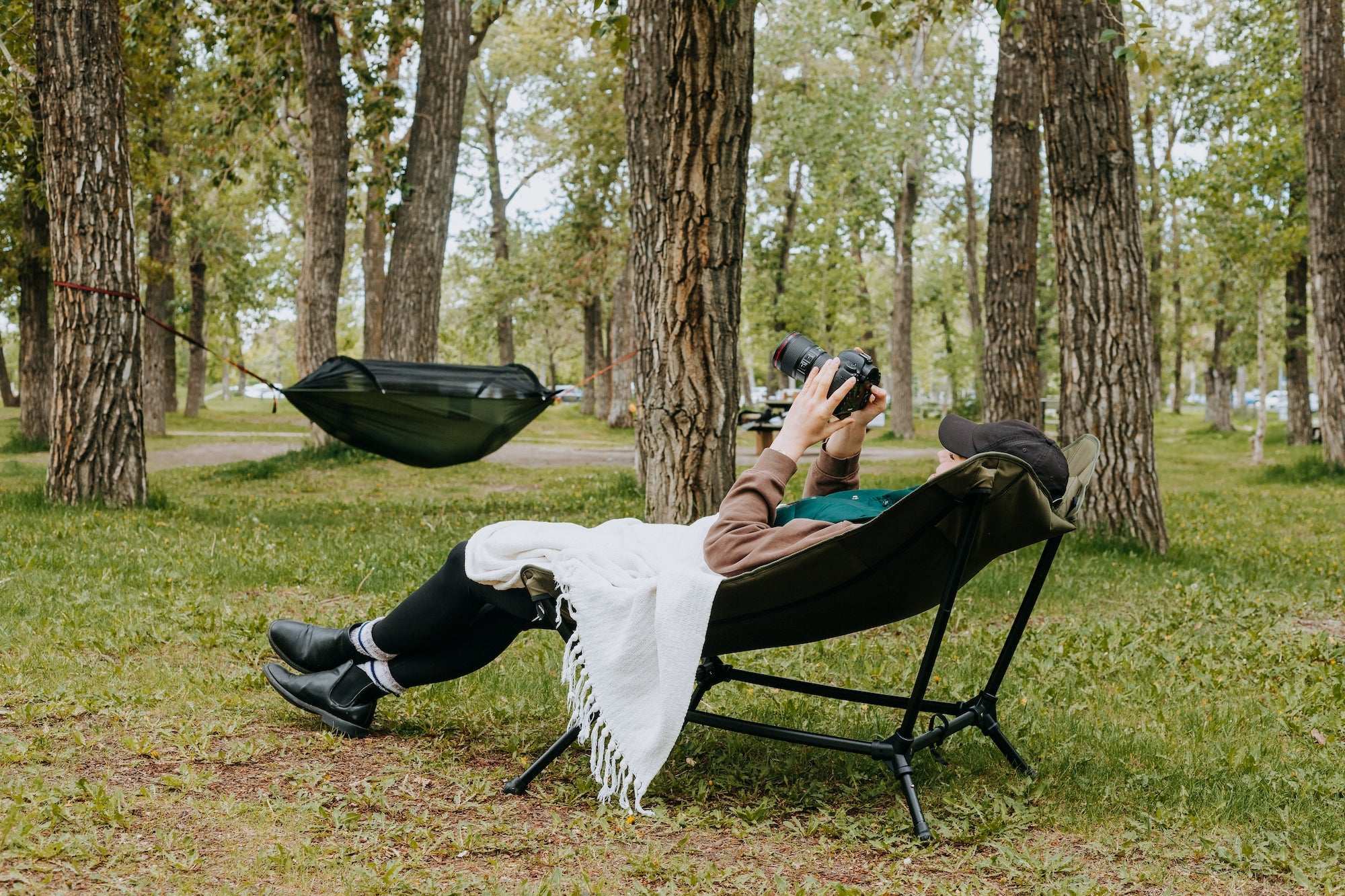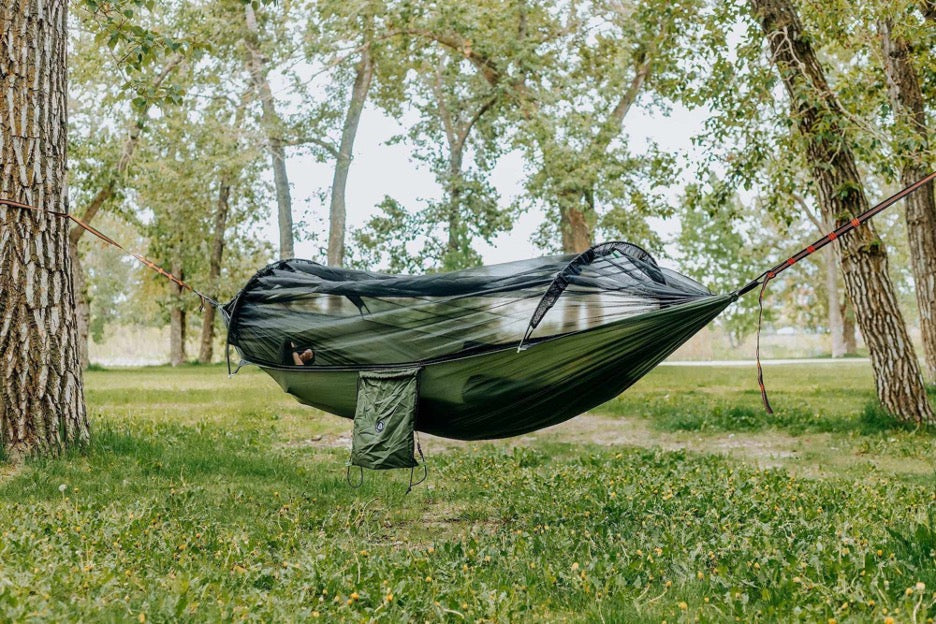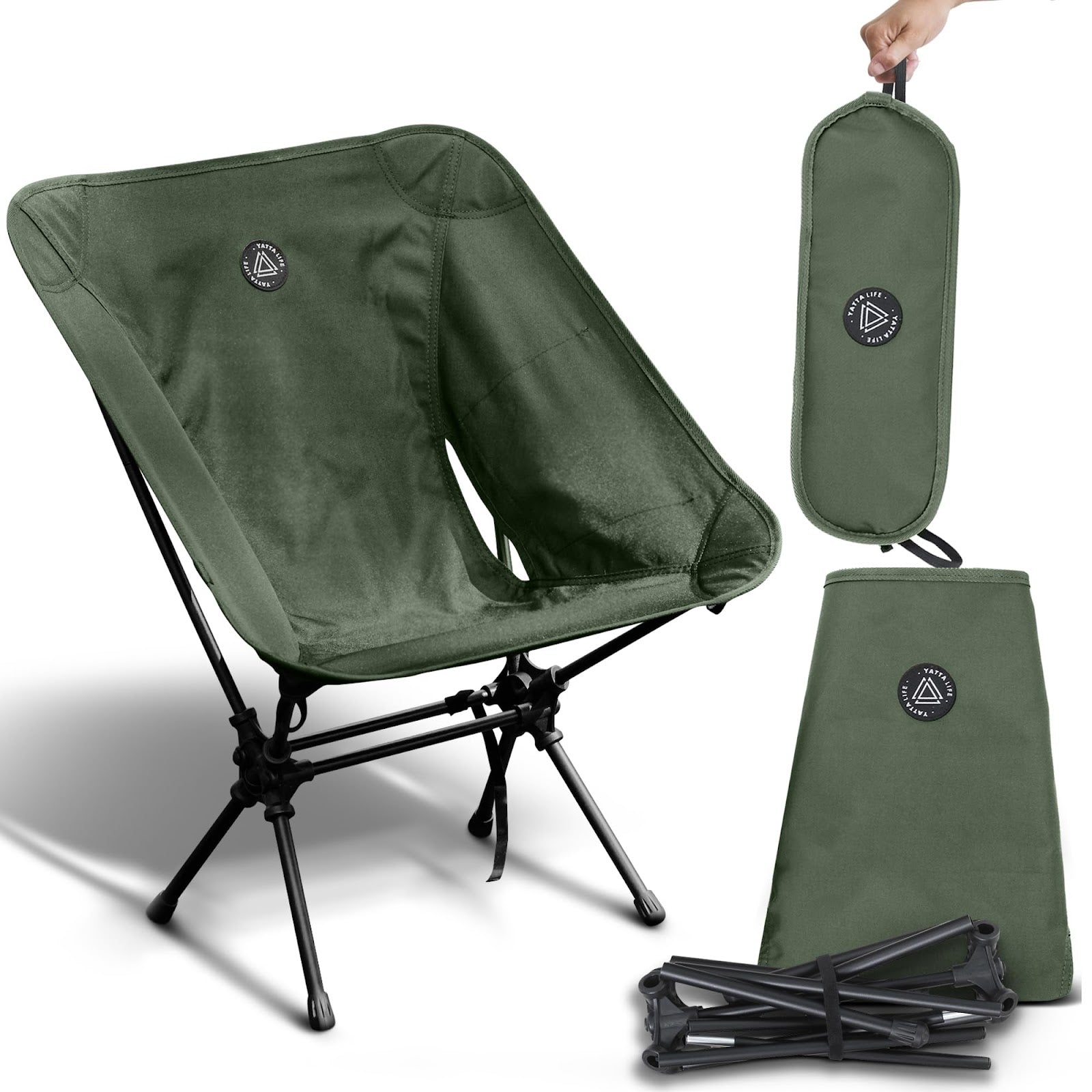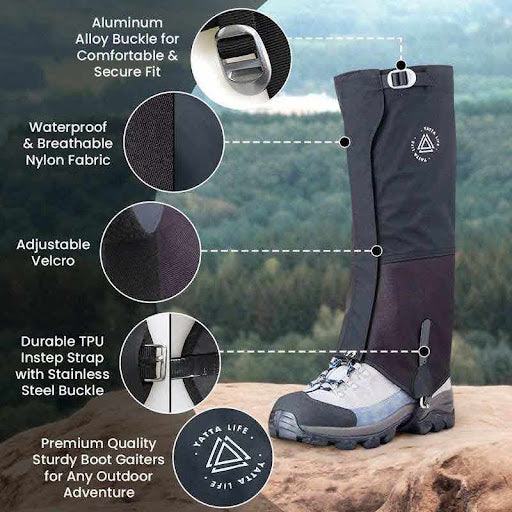Selecting the right camping hammock can significantly enhance your outdoor experience. Whether you're a seasoned camper or a beginner, understanding the nuances of hammock camping will ensure you choose gear that aligns with your needs. This guide is designed to help you navigate the myriad of options available and make an informed decision.
Understanding the Basics of Camping Hammocks
Camping hammocks are more than just portable beds; they offer comfort, convenience, and a unique way to connect with nature. Unlike traditional tents, hammocks lift you off the ground, keeping you away from uneven terrain, insects, and dampness. Their lightweight and compact nature make them an excellent choice for backpackers and minimalists.
Types of Camping Hammocks
When it comes to selecting a camping hammock, it's crucial to understand the different types available. Here are the most common ones:
- Single Hammocks: Ideal for solo campers, these are lightweight and easy to pack. They are perfect if you're planning a solo adventure or need a hammock for personal relaxation.
- Double Hammocks: These are designed to accommodate two people. They offer more space and comfort, making them suitable for couples or those who prefer extra room.
- Ultralight Hammocks: Perfect for backpackers who prioritize weight, these hammocks are made from lighter materials, yet they still offer durability and comfort.
Key Features to Consider
Choosing the right hammock involves more than just picking your favorite color. Here are essential features to consider:
Material and Durability
The material of your camping hammock significantly impacts its durability and comfort. Most camping hammocks are made from nylon or polyester:
- Nylon: Known for its strength and elasticity, nylon is breathable and comfortable, making it a popular choice for hammock enthusiasts.
- Polyester: Offers excellent durability and is more resistant to UV light, which means it will not fade as quickly as nylon.
Weight Capacity
When selecting a hammock, check its weight capacity. Most single hammocks can hold between 250 to 400 pounds, while double hammocks can support up to 500 pounds. It's essential to consider who will use the hammock and ensure it can safely accommodate the intended weight.
Size and Portability
Consider the size of the hammock when packed and its overall weight. If you plan to hike long distances, a lightweight and compact hammock is ideal. However, if comfort is your priority, you might opt for a larger, slightly heavier option.
Suspension System
A reliable suspension system is crucial for setting up your hammock safely and efficiently. Look for hammocks with adjustable straps, which offer versatility in terms of setup locations and ensure you can achieve the perfect hang angle.
Additional Accessories
To enhance your hammock camping experience, consider these additional accessories:
- Bug Net: Essential for keeping insects at bay, especially during the warmer months or in buggy areas.
- Rain Tarp: Protects you from rain and harsh weather conditions, ensuring you stay dry and comfortable.
- Underquilt: Provides insulation beneath the hammock, which is vital for staying warm during cooler nights.
Benefits of Hammock Camping
Hammock camping offers numerous benefits that make it an appealing choice for outdoor enthusiasts:
Comfort and Sleep Quality
Hammocks conform to your body, providing a comfortable and supportive sleep surface. Many campers report better sleep quality and less back pain when using a hammock compared to a traditional sleeping pad on the ground.
Versatility and Convenience
With a hammock, you can set up camp virtually anywhere there are trees or sturdy anchor points. This flexibility allows you to explore more remote areas without the need to find a perfectly flat campsite.
Environmental Impact
Hammocks have a lower environmental impact compared to tents since they don't require clearing the ground or disturbing vegetation. This makes them an eco-friendly choice for conscientious campers.
Tips for Setting Up Your Camping Hammock
Setting up your hammock correctly is key to a comfortable and safe camping experience. Here are some tips:
- Choose the Right Spot: Look for two sturdy trees about 12 to 15 feet apart. Ensure the ground beneath is clear of rocks and debris.
- Hang at the Right Height: Aim to have your hammock hang at about chair height, ensuring you can get in and out easily and safely.
- Achieve the Perfect Sag: A 30-degree angle between the hammock and the tree is ideal for comfort and support.
Maintenance and Care
To ensure your hammock lasts for many adventures, proper maintenance is essential:
- Regular Cleaning: Hand wash or use a gentle cycle with mild detergent. Avoid harsh chemicals that could damage the material.
- Store Properly: When not in use, store your hammock in a dry, cool place to prevent mold and mildew.
- Inspect Regularly: Before each use, inspect your hammock and suspension system for any signs of wear or damage.
Conclusion
Choosing the right camping hammock involves considering various factors, from material and weight capacity to additional accessories that enhance your outdoor experience. By understanding your needs and preferences, you can select a hammock that provides comfort, versatility, and durability for countless adventures. Remember to prioritize safety and care to ensure your hammock serves you well for years to come.
Embark on your next outdoor adventure with confidence, knowing you've chosen a camping hammock that meets all your needs and enhances your connection to nature. Happy hammock camping!





Leave a comment
All comments are moderated before being published.
This site is protected by hCaptcha and the hCaptcha Privacy Policy and Terms of Service apply.